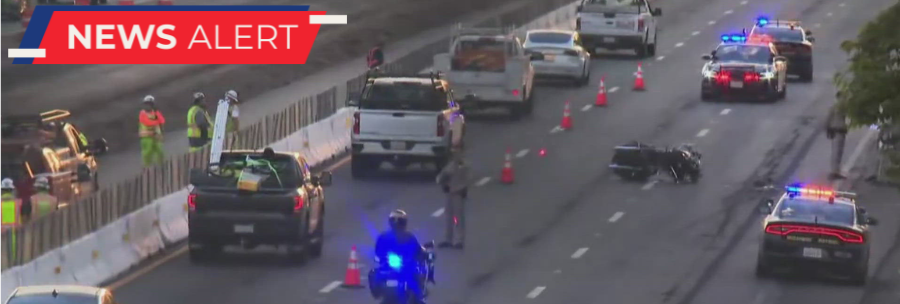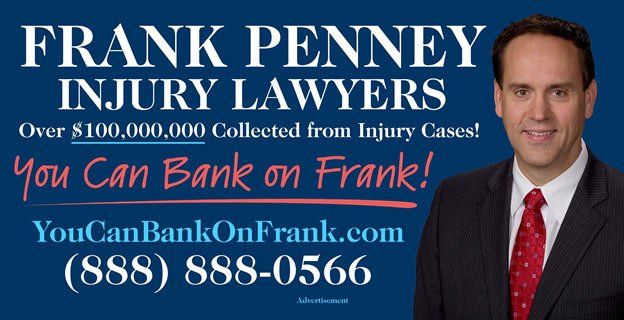GET YOUR FREE CONSULTATION
3 Fascinating Strict Liability Tort Cases in Sacramento
Read the blog from Frank Penney Injury Lawyers in Roseville, CA below.
Tort liability in personal injury cases is most often based on acts of negligence, but there are exceptions. Sometimes the responsible party is held to the strict liability tort standard, meaning that a finding of negligence or malicious intent is not required.
The most common types of strict liability tort cases are based on:
- Product liability, in which the manufacturer is held responsible for the safety of the product (this includes pharmaceutical products).
- Dog bite injuries, in which the owner of the dog is liable for its behavior under any circumstances other than provocation.
- In California, employment cases of injury or harassment by a supervisor.
- Ultra-hazardous circumstances, such as those involved with explosives or toxic substances.
Local Examples of Strict Liability Tort Cases
There’s probably no such thing as a “typical” strict liability case, since the laws vary from state to state, and in some situations, there is room for interpretation. Here are a few examples of Sacramento-area cases to illustrate what strict liability torts might look like.
SACRAMENTO KINGS PRODUCT LIABILITY SETTLEMENT
In 2009, Sacramento Kings forward-guard Francisco Garcia was lifting weights while balancing on a ball that “exploded.” The ball’s manufacturer had advertised the product as “burst resistant” and safe to withstand weight up to 600 pounds. The 195-pound Garcia was well under that limit even with a 90-pound weight in each hand, yet the ball burst, pitching him to the floor and causing a break in his right forearm.
As a result of the injury, Garcia was only able to play 25 games in the 2009-2010 NBA season, as opposed to the 58 games he played the following season. The lawsuit filed by him and the Sacramento Kings claim his loss of income among the $4 million in damages sought.
The standards of strict liability tort law hold manufacturers accountable for the claims they make in advertising, as well as the general safety of the product. Though the case settlement amount was kept confidential, their attorney reported that “The matter has been resolved in an
extremely favorable manner for the Sacramento Kings franchise and Francisco Garcia.”
PG&E BLAMED FOR NORTHERN CALIFORNIA FIRES
Investigations by the California Department of Forestry and Fire Protection (Cal Fire) determined that electric power and distribution lines were the cause of at least 12 devastating fires in 2017. Trees and branches came into contact with power lines and high-speed wind gusts spread the fires faster than could be controlled.
PG&E officially responded that “under PG&E’s industry-leading Vegetation Management Program, we inspect and monitor every PG&E overhead electric transmission and distribution line each year, with some locations patrolled multiple times. We also prune or remove approximately 1.4 million trees annually.”
But regardless of how well they may have maintained equipment and managed vegetation, utilities are held under strict liability tort in
the California constitution. Even without proof of negligence, it’s estimated that PG&E will be
liable for billions of dollars in damages.
Based on their view that “years of drought, extreme heat, and 129 million dead trees have created a ‘new normal’ for our state that requires comprehensive new solutions,” PG&E executives are
fighting the strict liability law. And while they may have a valid point, the problem is that without the law, insurers would almost certainly raise rates and possibly
deny coverage for millions of Californians. As it stands, PG&E may be able to convince the Public Utilities Commission to allow a utility rate increase to help pass on the cost of damages to consumers.
STRICT LIABILITY FOR SEXUAL HARASSMENT
Under California’s Fair Employment and Housing Act (FEHA), an employer is strictly liable for all actions committed by a supervisor. This was upheld in the case of State Department of Health Services (DHS) v. The Superior Court of Sacramento County, in which a female employee at DHS was sexually harassed by her supervisor.
When the employer reported the supervisor’s behavior, management launched an investigation and found evidence that he had indeed “violated DHS’s sexual harassment policy.” Disciplinary action was taken, causing the man to retire.
The employee then filed a lawsuit against her former supervisor and DHS, alleging “sexual harassment and sex discrimination in violation of the FEHA.” The defense was based on two primary concepts:
- DHS had thoroughly implemented workplace policies and procedures designed to prevent and correct instances of sexual harassment.
- The plaintiff failed to take advantage of the policies and procedures, despite her training, and could have avoided the “alleged harm and damages for which she seeks relief․”
Despite the defense, the California Supreme Court ruled that “an employer is strictly liable under the FEHA for sexual harassment by a supervisor.
We further conclude that the avoidable consequences doctrine applies to damage claims under the FEHA and that under that doctrine a plaintiff’s recoverable damages do not include those damages that the plaintiff could have avoided with reasonable effort and without undue risk, expense, or humiliation.”
In other words, the employer is liable, but
not necessarily required to pay for damages that could have been prevented.
What Does Strict Liability Mean to You?
If you’ve been injured under circumstances in which the other party can be held strictly liable, that doesn’t mean that you’ll automatically win your case. First, it must be proven that the damages in question were caused by the accused party. It may mean a shorter investigation period, though, since proof of negligence isn’t a factor. You also
aren’t guaranteed to be compensated for all the damages you seek. The best course of action would be to contact an
experienced attorney for a
free case evaluation before taking further steps.
No Fee Guarantee!
Our legal team understands that life can be very stressful after an accident of any type. The financial costs of your accident can add to that stress. When you are asking for help, this should make your life easier – not more difficult. That is why you do not have to worry about any upfront legal fees and expenses when you hire Frank Penney Injury Lawyers to handle your California personal injury case.
At Frank Penney Injury Lawyers, Frank Penney and his staff work on a contingency basis. This means you only have to pay a fee if you win your case. We will never charge a fee unless we obtain a settlement on your behalf. No win. No fee. Case closed.
This means there is no risk in asking Frank Penney Injury Lawyers for help. You get to benefit from Frank Penney’s years of experience, knowledge, and success without needing to stress about the cost. Call today to set up a free initial case assessment or to learn more.
When I first contacted the Law Offices of Frank D. Penney after my accident, I was frustrated with car insurance companies, and medical insurance companies; after all, I was in pain. He and his staff put me at ease instantly! It was such a relief to have someone working on MY BEHALF! They were able to settle my case for more than I initially thought it was worth. THANKS AGAIN!!!
- KRISTA H.
Read more
client testimonials.
Why Choose Us?
- If You Don’t Win, You Don’t Pay
- Free Case Evaluations
- Over 25 Years of Experience
- Compassionate and Caring
- Highly Rated Reviews
- Proven Track Record
- 24/7 Availability
- Quick Response Time
- And More
Our Recent Blog Posts



24/7 Availability – Reach Us by Phone, Email, Chat and More!
If you are involved in any type of personal injury due to the fault of someone else, our experienced team at Frank Penney Injury Lawyers in Roseville, CA can help. We are available to anyone in Northern California 24/7! Give us a call today to learn more at 888-888-0566. We will fight for your rights!
Contact Our Team Today
Frank Penney Injury Lawyers can be reached at the following locations:
No matter where you are in Northern California, or how you reach us, we will be there for you 24/7!
You Can Bank on Frank!



